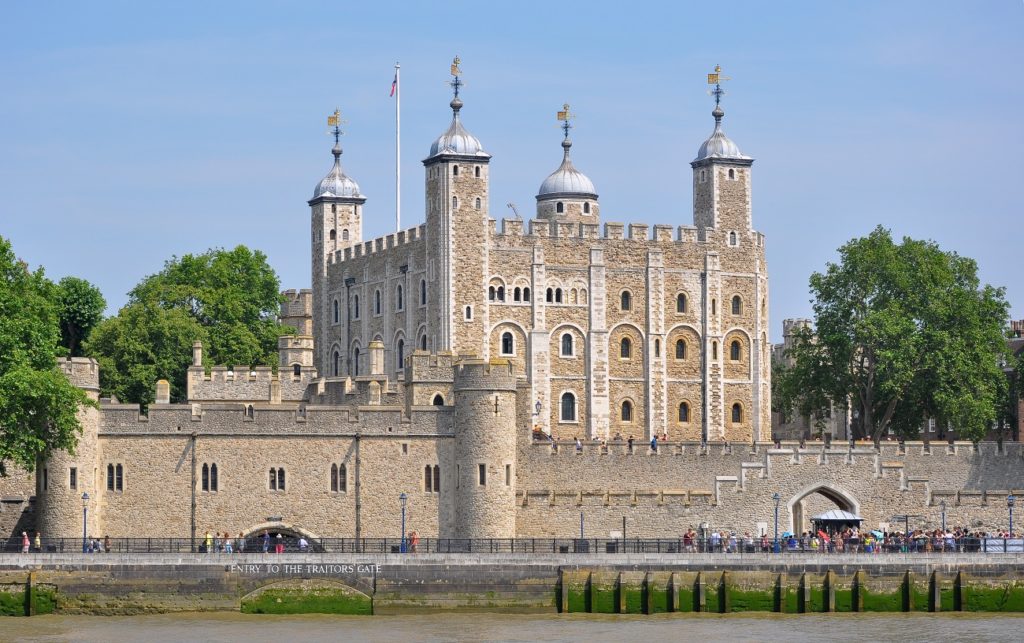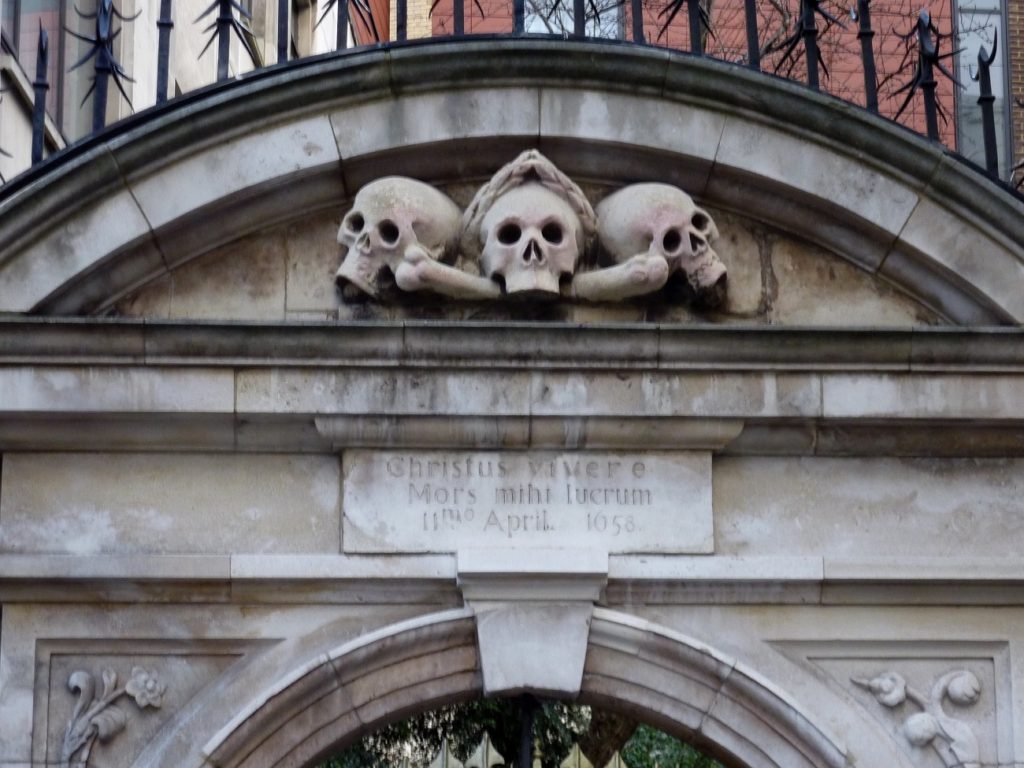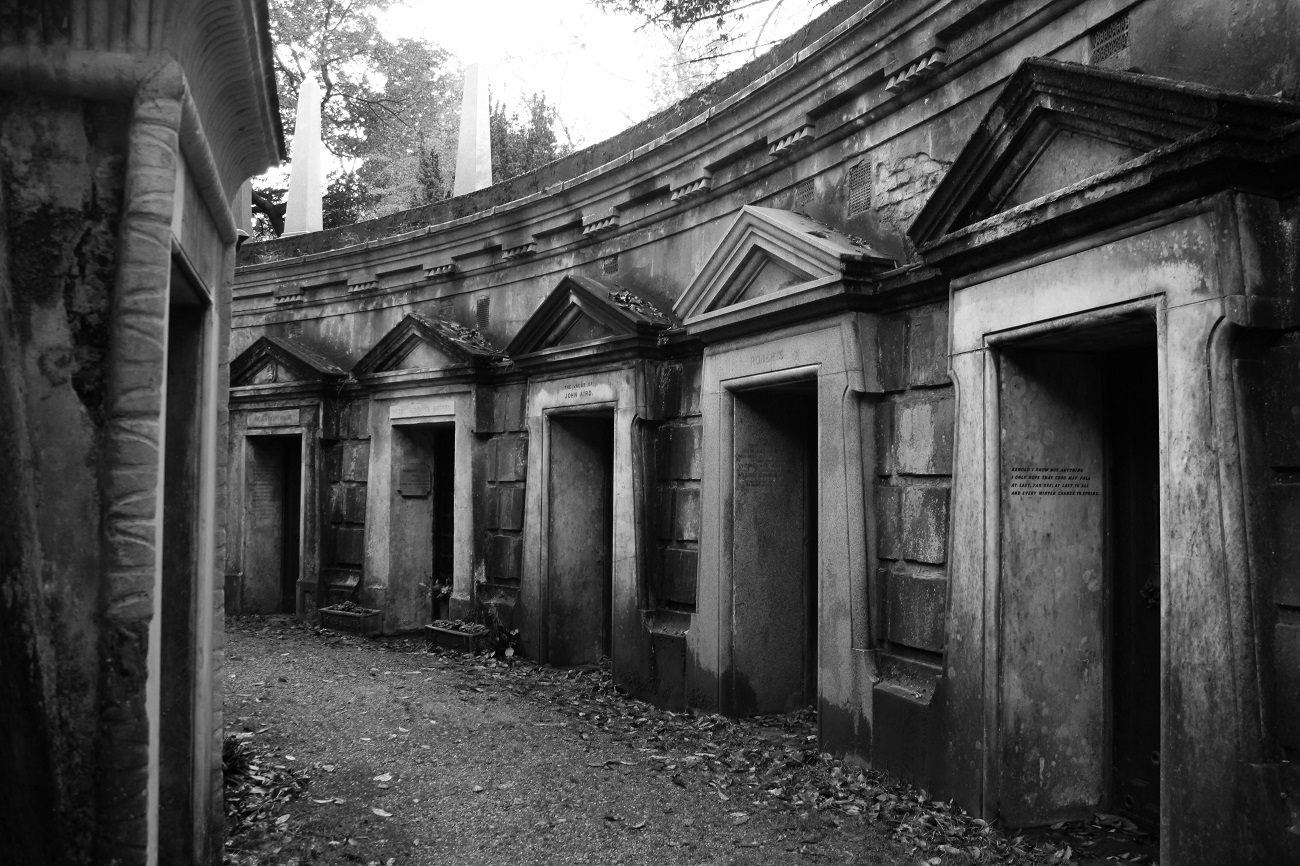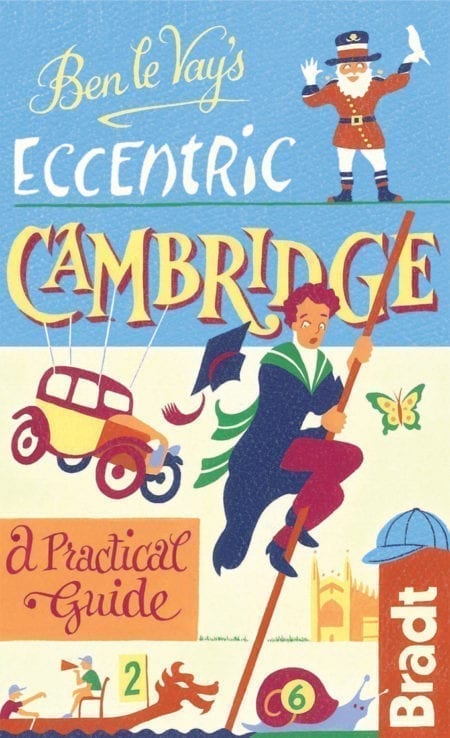Our pick of the most terrifying places in London, from haunted pubs to basement museums. Are you brave enough to visit?
The Viktor Wynd Museum of Curiosities
Hidden in the basement of the fantastically creepy cocktail bar, The Last Tuesday Society (FYI: the drinks are fantastic), this gruesome collection is the brainchild of Viktor Wynd Esquire: keeper of all things weird and wonderful.






This terrifying dwelling contains thousands of items from Viktor’s travels across the world, from two-headed lambs and freeze-dried rats to mummified fairies, a jar of preserved moles and even the faeces of the late, great Amy Winehouse. There’s also plenty of erotica thrown in among the gore (think wooden phalluses and dirty books), as well as splashes of innocence in the form of Happy Meal toys. Truly bizarre.
Ten Bells Pub
This was where Annie Chapman had her last drink before leaving with a man, presumably Jack the Ripper.
Ten Bells Pub was also a regular drinking place for the customers of most of the victims, so here we are closer to the Ripper and his victims than anywhere…
Old Operating Theatre Museum
Return to a land of hope and gory, and to a time when still-conscious, screaming patients endured – or not – butchery that often killed them while sawdust soaked up the blood. All this in front of a theatre (as in operating theatre) audience.
The Old Operating Theatre and Herb Garret, near London Bridge, dates from 1822 and offers a fascinating insight into surgery before the days of antiseptics and anaesthetics.
Tower of London
Probably the worst hell-hole in London’s history of torture and brutality was the White Tower at the Tower of London. Where every possible instrument of torture was collected, and used. There was the rack for stretching victims until the ball joints dislocated, like a barbecued chicken leg being snapped off.

Another demonic device was ‘Skeffington’s Daughter’. Named after a 16th century governor of the Tower, which compressed the prisoner’s body within boards, until blood spurted from every orifice and, ultimately, the skull cracked. Nice. Or as an alternative, you might just possibly, conceivably, confess to something you hadn’t done. Then there was a particularly vile punishment, a cell called ‘Little Ease’, in which you could neither stand up nor lie down at full-length.
The gates of London, including those at London Bridge and Temple Bar, were equipped with spikes to take the parboiled heads of traitors. Occasionally, in a storm, the decayed head of a traitor would blow off and roll past the feet of shrieking ladies.
St Olave’s Gate
This gate on Hart street is definitely the ghastliest one in London. It is grimly festooned with skulls, bones and spikes. The records show this slightly predates, oddly, the churchyard being used for mass burials of 326 people in the Great Plague of 1665.

The explanation is that intimations of mortality, death and decay were then acceptable ornaments, and even regarded as a good thing for concentrating the minds of the living on the hereafter. Many a 17th- and 18th-century grave showed: Death carrying his scythe, hourglasses running out, skulls, and warnings such as ‘Tempus fugit, vita brevis’ – ‘Time flies, but life is short.’
Highgate Cemetery
Highgate’s oddest death was surely that of Elizabethan philosopher, writer, politician and scientist Francis Bacon. Bacon was out in a coach with some friends one snowy morning in 1626, when, at the top of Highgate Hill, he made the coachman stop where had a brainwave and wanted to conduct an experiment.
He bought a hen from a woman in a nearby hovel, disembowelled it, then stuffed it with snow. He had a strange new idea that freezing could preserve meat. Unfortunately it was soon a case of frozen Bacon as much as chicken. He fell ill and soon died.

Meanwhile Highgate Cemetery has acquired a seriously creepy atmosphere, and has often been associated with occultism. Tombs have been broken into and bones removed for weird rituals. And once, in the 1960s, a local resident opened his car door to find an exhumed corpse in the passenger seat.
The Bleeding Heart
At The Bleeding Heart, you can savour your bloody steaks, bloody Marys or other food, in the knowledge that on the very cobblestones you have just walked across, a most gruesome killing took place.
In 1626, society beauty Elizabeth Hatton jilted the Spanish ambassador. The couple then disappeared, after being seen together at a ball. The ball guests speculated that they had made up, and were entwined limb-to-limb. Actually, Lady Hatton was being ripped apart.
As Charles Dickens relates, ‘At dawn the body of Lady Hatton was found in the courtyard behind the stables torn limb from limb with her heart still pumping blood on to the cobblestones.’
Clink Prison Museum
When you go down the steps into this prison on Clink Street that gave its name as a nickname for all others, you have an uneasy feeling that getting out again might not have been so easy for some of those who preceded you.
Punishment was one of Southwark’s biggest industries, and there were major prisons round here which lasted for centuries, but the Clink Prison Museum features the chains and manacles, and the harrowing stories, recreated, of inmates.
You will learn that whereas men could be hanged, drawn and quartered, women were more gently treated: they were just drowned or burned at the stake. One of the most fascinating devices here is the ‘scold’s bridle’, a device that allowed a flat metal plate to be fitted over the tongue of a woman who talked too much, to keep her quiet, plus puritan branding irons for prostitutes.
